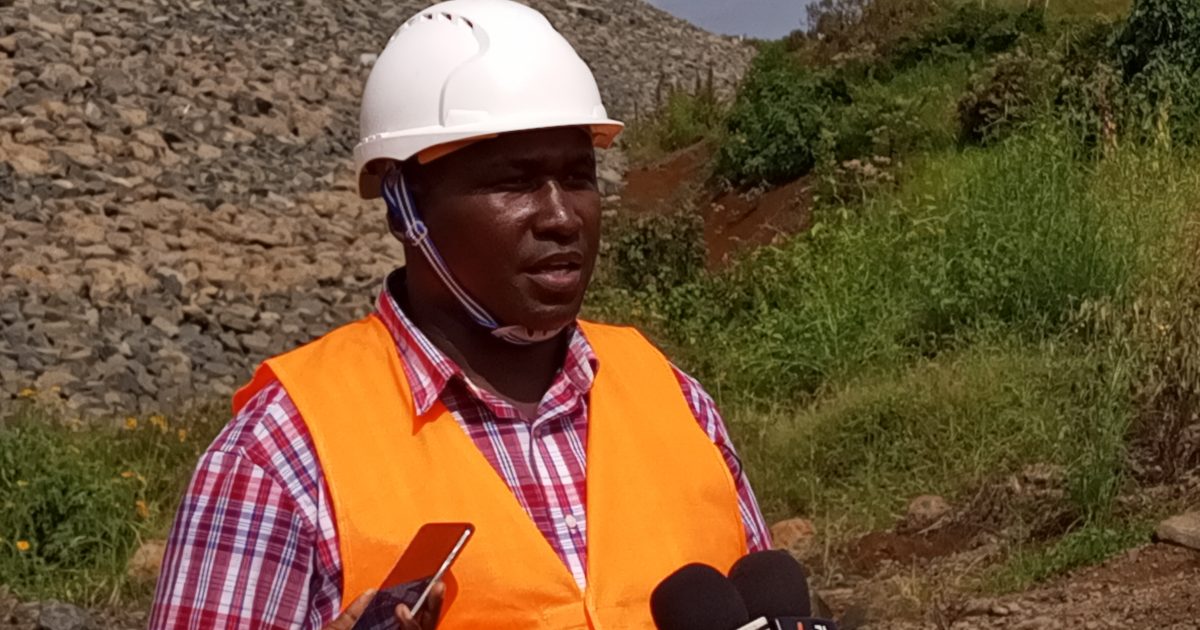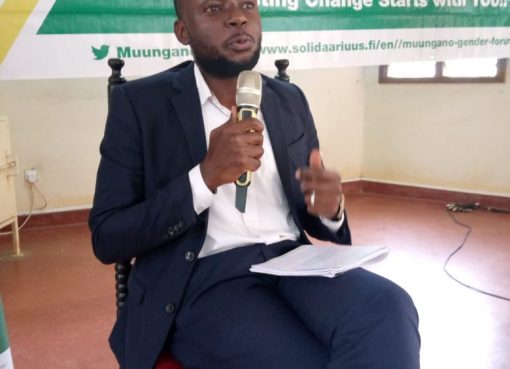The Sh8.2 billion Thiba Dam water project is complete, and is expected to more than double the current production
According to Stephen Mutinda, the Project Manager, the main aim of the dam is to ensure a continuous flow of water in the River Thiba in all seasons.
With the completion of Thiba dam, Mutinda noted, the farmers especially in Mwea irrigation scheme, will have adequate continuous water flow throughout the year, which will help increase the acreage under irrigation as well as allow for two planting seasons per year.
“Currently, Mwea has 25,000 acres under irrigation and with the completion of the dam, 10,000 more acres will be put under irrigation,” said Mutinda, adding, “the dam will also enable farmers to plant two seasons annually bringing total irrigation farming in one year to 70,000 acres.”
Engineer Charles Muasya, Deputy General Manager in charge of infrastructure development at the National Irrigation Authority, said that the project, that has taken almost 49 months, will increase the area under irrigation from 25,000 to 35,000 acres hence the economic activities within the region are expected to rise.
“This project began 49 months ago and will add another 10, 000 acres under irrigation with the expectation of increase in economy for Mwea,” Muasya said.

He said it will take 2-3 months to fill the dams before spilling the water, adding that the release of water will depend on demand in the scheme. The dam manager will coordinate with the scheme manager to regulate the flow, he explained.
The project, commissioned by President Uhuru Kenyatta in 2018 was estimated to cost Sh8.2 billion but the actual cost came to Sh7.8 billion.
“The estimated cost was Sh8.2 billion but we have done it at Sh7.8 billion,” Muasya noted.
“The dam is one of the President Kenyatta flagships projects. It is 40-meter-high and 1.1 km in length with a storage capacity of 15.6 million cubic meters of water. The main purpose of the dam is to regulate water in order to stabilize flow in river Thiba,”said the manager.
He concluded that despite budgetary challenges, the contractor was understanding, adding all issues of land compensation had been fully settled. The dam has an outlet that will benefit over 100,000 locals.
By Mutai Kipngetich




